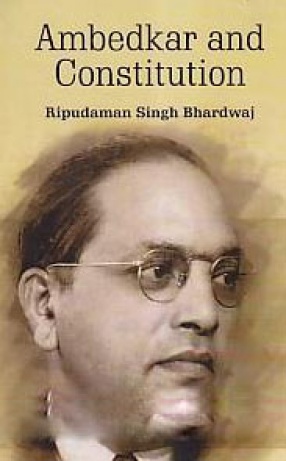As the title indicates, this book is a study of the role of the Bengal Muslims in the Khilafat Movement. Bengal not only had the largest concentration of Muslims but the socio-economic conditions there made the growth of politics among the Bengali Muslims different from that in other parts of India, and this trend was strongly visible during the Khilafat, Non-Cooperation Movement. The complete merger of the Khilafat issue with the Swaraj Movement through non-cooperation provided, even through for a short period, a remarkable example of unity achieved by the Hindus and Muslims in Bengal. This unity coupled with increasing mass participation imparted to the movement a measure of intensity and militancy hardly ever witnessed before. Besides, the rural Muslims under the local leadership, using the existing economic discontent, organised peasant struggles under the umbrella of the Khilafat -Non Cooperation Movement. Therefore, a systematic analysis of the nature of the Khilafat Movement and its merger with the Swaraj Movement in Bengal and the involvement of the Muslims of Bengal in it vis-a-vis their attitude towards national politics, though very important, has not received serious attention of the scholars who have done research or published books on Bengal politics. The present work, according to the author, is but a modest attempt to fill the gap. The author has also analysed the forces that were working among the Bengal Muslims preceding the Khilafat Movement which brought the consensus of Muslim opinion in Bengal in to the nationalist struggle and the process through which using the issue of Khilafat, a large majority of the Muslims of Bengal took active part in the anti-British struggle.
Khilafat Movement and the Muslims of Bengal
In stock
Free & Quick Delivery Worldwide
reviews
Bibliographic information
Title
Khilafat Movement and the Muslims of Bengal
Author
Edition
1st ed.
Publisher
Raktakarabee Pub., 2007
Length
xiv+194p.
Subjects






There are no reviews yet.